Today's Top Picks
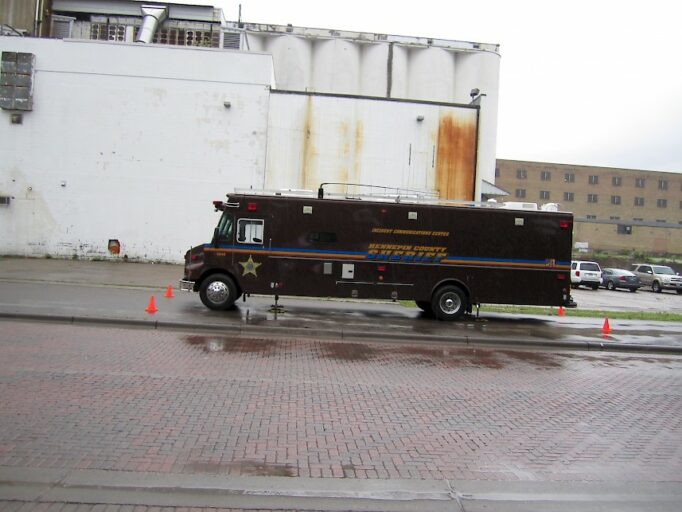
The Other Life of Command Trucks
For many years, large outdoor sporting events have requested government and nongovernment organization mobile command and communications trucks to support races. Although traditionally used by incident commanders, volunteer amateur radio groups have found various ways to collaborate during special events and use these resources in Minneapolis, Minnesota to support medical operations.

Online & Social Media Risks – Protecting Children, Part 2
The nation has experienced unprecedented times due to the COVID-19 pandemic given the requisite need for social distancing and isolation experienced from stay-at-home orders. Daily lives were transformed. For homebound children, this was disruptive and changed daily routines. While at home, children engaged in a variety of safe and supervised activities, such as home schooling, play activities, crafts, games, etc. A side effect of social distancing is temporary physical isolation from many important influences in their lives, such as school and teachers, sports, community organizations, extended relatives, classmates, and friends.

Online & Social Media Risks – Protecting Children, Part 1
The COVID-19 pandemic brought child predators into people’s homes. In the critical areas of human trafficking and child exploitation, the risks to children increased due to criminals shifting their methods and techniques to online streaming services. Increased virtual learning and stay-home mandates forced children to transition from a classroom environment to home learning via virtual platforms. This
transition done in the perceived safety of a child’s home under the supervision of his/her parent was
and remains fraught with inherent danger.
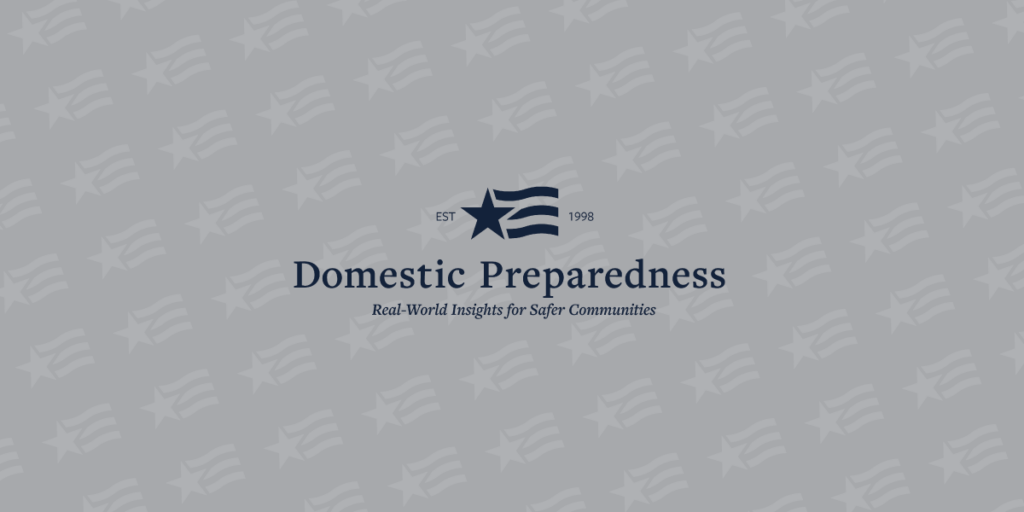
Fixing America’s Healthcare Supply Chain
The buildup to World War II illustrated the negative effect that huge wartime demand for medical supplies, equipment, and pharmaceuticals had on public and private healthcare systems in the United States. After the war, the Defense Logistics Agency (DLA) began building and pre-positioning federally owned medical materiel in storage depots domestically and materiel management centers in the European and Pacific theaters of operations. Collectively, these inventories were named war reserve materiel (WRM) and consisted of billions of dollars of medical materiel. The WRM was designed to provide wartime start-up supplies until medical materiel manufacturers could ramp up production to levels capable of supporting both wartime and civilian healthcare needs simultaneously. The medical WRM was also used to provide medical support to contingencies and humanitarian assistance missions both at home and abroad.

Impact of Critical Biosecurity Reports – Uncertainty Remains
Domestic Preparedness published an article in 2016 discussing the uncertain impact of several biosecurity reports on national planning and preparedness for biosecurity and pandemic threats. The article focused on the consistent and repeated warnings of the consequences for failing to plan and prepare for a multitude of biosecurity threats. The identified inferior planning and preparedness concerns were as apparent and repetitive as the demonstrated lack of reaction to them in the past. The nation was vulnerable.

Revisiting Face Masks Near the End of a Long Journey
On 11 March 2021, the world reached a dubious milestone – one year since the World Health Organization (WHO) first declared COVID-19 a global pandemic. Soon after that declaration, a large portion of the world shut down. In the 12 months that followed, community stakeholders have become relatively well-versed in the scientific theories surrounding social distancing, viral load, herd immunity, and transmission of respiratory droplets. However, no topic has likely been more discussed (or more heatedly debated) than the need for and use of face masks.
Trending
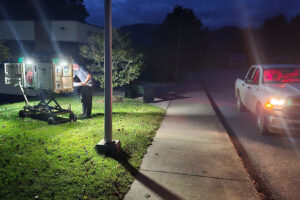 Bridging Communication Gaps: Lessons from Hurricane Helene by Greg Hauser Hurricanes in 2024 caused widespread damage to infrastructure, leading to a critical but often overlooked issue: isolation. Physical and technological…
Bridging Communication Gaps: Lessons from Hurricane Helene by Greg Hauser Hurricanes in 2024 caused widespread damage to infrastructure, leading to a critical but often overlooked issue: isolation. Physical and technological…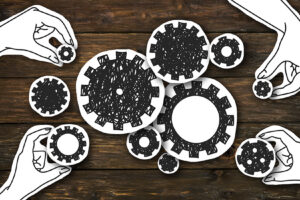 A Systems Thinking Approach to Improving Emergency… by William Chapman “PACE” planning helps organizations fail gracefully, but systems thinking reduces the likelihood of failure altogether. Combining both approaches helps organizations…
A Systems Thinking Approach to Improving Emergency… by William Chapman “PACE” planning helps organizations fail gracefully, but systems thinking reduces the likelihood of failure altogether. Combining both approaches helps organizations… Disaster Stress Management in an Emergency Operations Center by Mary Schoenfeldt Disasters affect responders and community members, but they also bring trauma to those working inside emergency operations centers. Distance from…
Disaster Stress Management in an Emergency Operations Center by Mary Schoenfeldt Disasters affect responders and community members, but they also bring trauma to those working inside emergency operations centers. Distance from…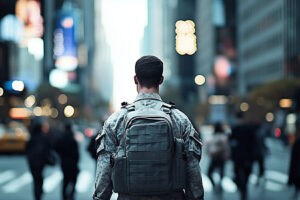 Why Emergency Management Is a Good Career for… by Mathew Perrill For many service members, the transition from the military to a civilian workforce can be challenging. They have been trained…
Why Emergency Management Is a Good Career for… by Mathew Perrill For many service members, the transition from the military to a civilian workforce can be challenging. They have been trained…Trending
 Disaster Stress Management in an Emergency Operations Center by Mary Schoenfeldt Disasters affect responders and community members, but they also bring trauma to those working inside emergency operations centers. Distance from…
Disaster Stress Management in an Emergency Operations Center by Mary Schoenfeldt Disasters affect responders and community members, but they also bring trauma to those working inside emergency operations centers. Distance from… Why Emergency Management Is a Good Career for… by Mathew Perrill For many service members, the transition from the military to a civilian workforce can be challenging. They have been trained…
Why Emergency Management Is a Good Career for… by Mathew Perrill For many service members, the transition from the military to a civilian workforce can be challenging. They have been trained… Bridging Communication Gaps: Lessons from Hurricane Helene by Greg Hauser Hurricanes in 2024 caused widespread damage to infrastructure, leading to a critical but often overlooked issue: isolation. Physical and technological…
Bridging Communication Gaps: Lessons from Hurricane Helene by Greg Hauser Hurricanes in 2024 caused widespread damage to infrastructure, leading to a critical but often overlooked issue: isolation. Physical and technological… A Systems Thinking Approach to Improving Emergency… by William Chapman “PACE” planning helps organizations fail gracefully, but systems thinking reduces the likelihood of failure altogether. Combining both approaches helps organizations…
A Systems Thinking Approach to Improving Emergency… by William Chapman “PACE” planning helps organizations fail gracefully, but systems thinking reduces the likelihood of failure altogether. Combining both approaches helps organizations…Trending
Bridging Communication Gaps: Lessons from Hurricane Helene by Greg Hauser Hurricanes in 2024 caused widespread damage to infrastructure, leading to a critical but often overlooked issue: isolation. Physical and technological…
A Systems Thinking Approach to Improving Emergency… by William Chapman “PACE” planning helps organizations fail gracefully, but systems thinking reduces the likelihood of failure altogether. Combining both approaches helps organizations…
Disaster Stress Management in an Emergency Operations Center by Mary Schoenfeldt Disasters affect responders and community members, but they also bring trauma to those working inside emergency operations centers. Distance from…
Why Emergency Management Is a Good Career for… by Mathew Perrill For many service members, the transition from the military to a civilian workforce can be challenging. They have been trained…
Domestic Preparedness Journal
Featured in this issue
- Special Units and Underutilized Resources
- Law Enforcement and Multidisciplinary Teams
- Public Order Policing Units in Disasters
- State Defense Forces in Emergency Response
- Emergency Carcass Operations
- Wildfire PREsponse: Closing the Gap With Mitigation
- Scouts and the Value of Prepared Youth
- Service Dogs: What First Responders Need to Know
- Emergency Management for Transitioning Veterans
- Podcast – Reframing Hurricane Response: Craig Fugate on Survivors as a First Line of Defense
- Podcast – Built to Serve: Chief Jeffrey J. Wittig on TIFMAS, Teamwork, and Emergency Response
Articles Out Loud

Article Out Loud – Law Enforcement Collaboration Within Multidisciplinary Teams
June 25, 2025
This is an article by Richard Schoeberl and Anthony (Tony) Mottola, an Article Out Loud from Domestic Preparedness, June 25,

Article Out Loud – State Defense Forces: The Untapped Backbone of Emergency Response
June 25, 2025
This is an article by Robert Hastings, an Article Out Loud from Domestic Preparedness, June 25, 2025. As disasters become

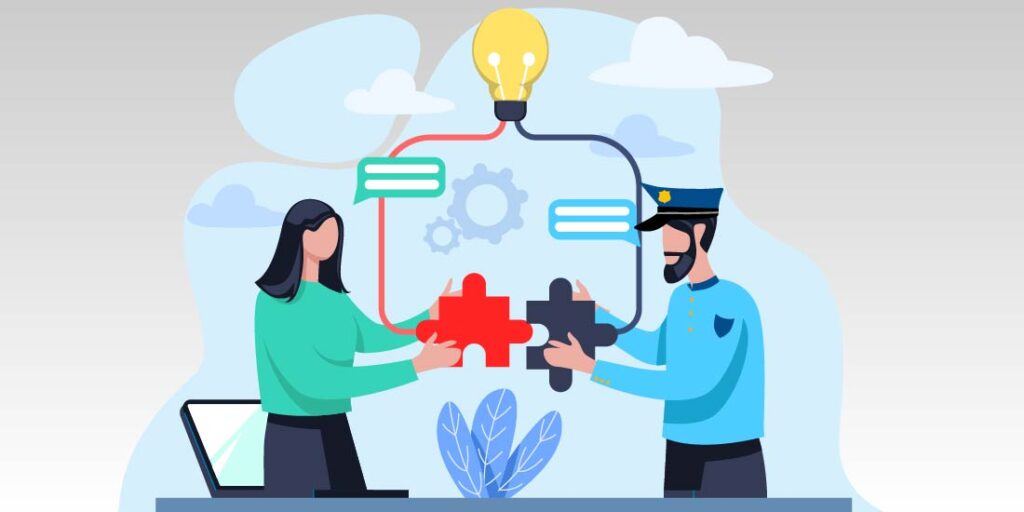
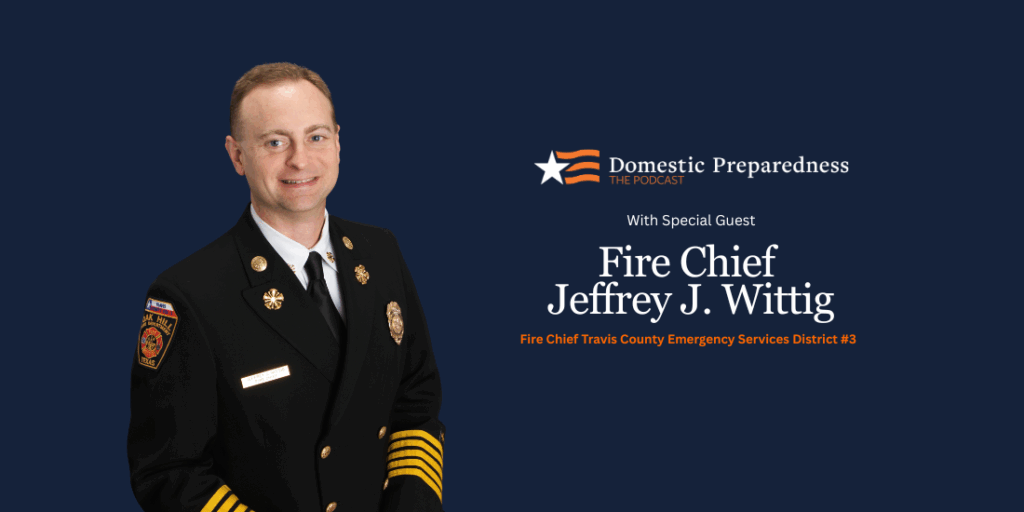
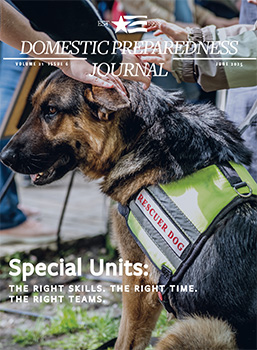

Editor’s Note – Special Units and Underutilized Resources